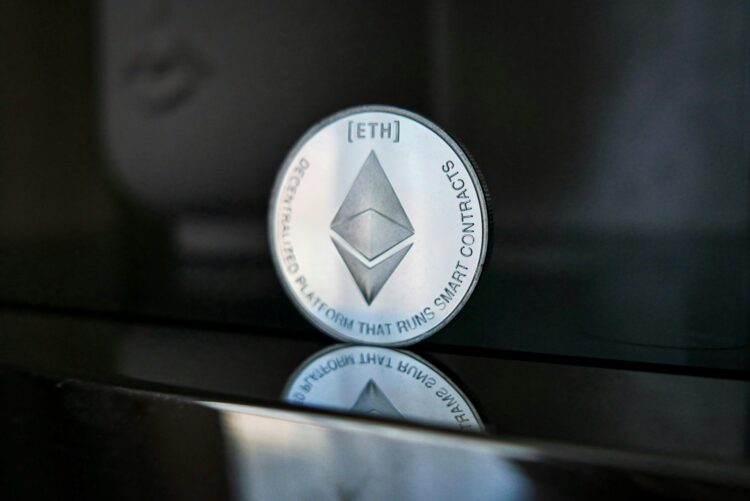Este artículo también está disponible en español.
Understanding the 32 ETH Requirement Barrier
Ethereum co-founder Vitalik Buterin has recently expressed his views on the existing solo staking requirements for Ethereum, suggesting that the current threshold of 32 ETH poses a significant entry barrier. His response came during a discussion with Ethereum educator Anthony Sassano on X, where he emphasized that this requirement is a more substantial obstacle than bandwidth limitations. As it stands, staking on Ethereum allows individual validators to contribute to network security and earn passive income, but the high entry threshold restricts participation to those with considerable ETH holdings.
The Implications for Smaller ETH Holders
For many crypto enthusiasts, solo staking represents a direct way to engage with and support the Ethereum network. However, the need to stake 32 ETH—equivalent to approximately $75,200 at the current market price of $2,352—can be prohibitive for smaller investors. Buterin has proposed temporarily increasing bandwidth requirements to lower the minimum staking threshold to 16 or 24 ETH, which would make staking more accessible. He envisions a future where, with further advancements, staking could require as little as 1 ETH.
Alternative Staking Options
Despite the high solo staking threshold, ETH holders can participate in staking with as little as 1 ETH through third-party services, centralized platforms, or staking pools. However, these methods often involve relinquishing some control over one’s ETH, as opposed to the full custody maintained in solo staking. This distinction is crucial for those prioritizing security and autonomy over their crypto assets.
The Role of Solo Stakers in Ethereum’s Security
At the Ethereum Singapore 2024 event, Buterin underscored the importance of solo stakers in enhancing the network’s security and decentralization. He highlighted that even a modest increase in solo stakers could act as an additional defense against potential 51% attacks, strengthening both the security and privacy of the Ethereum network.
Growth of Ethereum Layer-2 Solutions
While the high staking requirement may deter small-scale investors from solo staking, Ethereum layer-2 solutions offer an appealing alternative. These solutions have gained traction by making transactions more affordable and efficient. For example, in June 2024, the Optimism platform launched open-source and permissionless fault proofs, allowing users to securely verify off-chain transaction validity.
Adoption of Layer-2 Solutions
In August 2024, Franklin Templeton took another step in this direction by launching its OnChain US Government Money Fund (FOBXX) on the Arbitrum network. Similarly, Coinbase’s Ethereum layer-2 rollup, Base, has seen rapid adoption, with its total value locked (TVL) reaching over $2.12 billion, according to DeFiLlama data. The success of these layer-2 solutions not only benefits individual users but also enhances the overall Ethereum ecosystem.
Market Implications and Future Outlook
The continued proliferation of layer-2 solutions is likely to have a positive ripple effect on the Ethereum network. Crypto analysts, including CryptoBullet, are optimistic about ETH’s future, predicting a potential rally in Q4 2024. Currently, ETH is trading at $2,352, reflecting a slight decline of 3.5% over the past 24 hours. As the network evolves and becomes more accessible, Ethereum’s long-term prospects appear promising.
Conclusion
Vitalik Buterin’s advocacy for lowering solo staking requirements is a significant step toward increasing Ethereum’s decentralization and accessibility. By reducing the entry barrier, more investors can participate in securing and advancing the Ethereum network. Coupled with the growth of layer-2 solutions, these developments herald a more inclusive and robust future for Ethereum.











